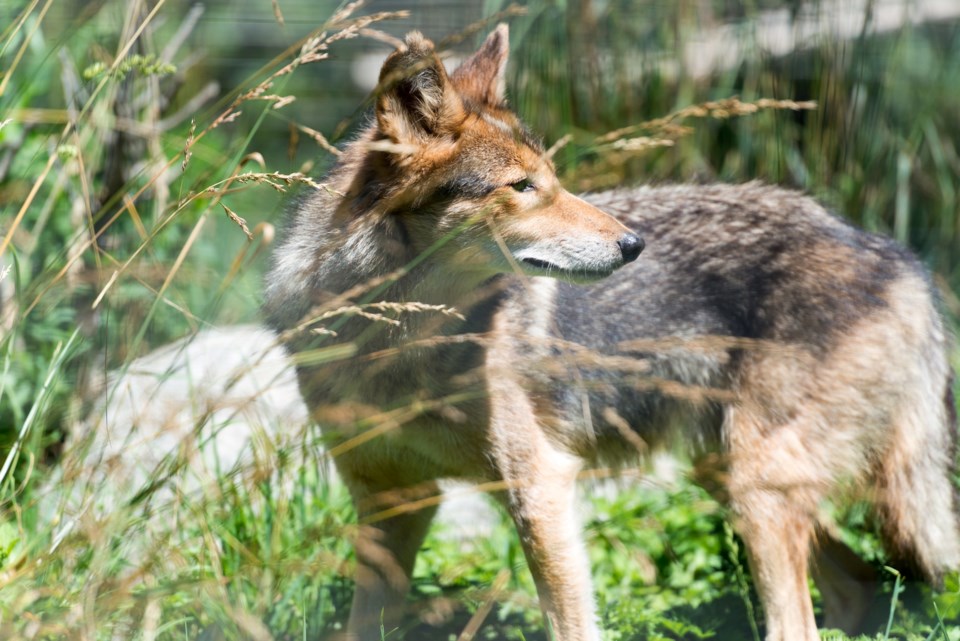At first, the Conservation Officer Service (COS) was called to the Thormanby islands about someone feeding a coyote in the spring, but since then COS has received increasing reports about unusual coyote behaviour on both the north and south island.
The investigation into the feeding is ongoing, Sgt. Dean Miller told Coast Reporter on July 20. To feed a carnivore is illegal under the Wildlife Act, and could result in a fine.
On North and South Thormanby Island, situated off Halfmoon Bay, the behaviour of the resident coyotes has been changing. There have been reports of coyotes following people, some have been spotted on the porches of cabins and visible in a field very close to residences.
“It’s turned into more of a human-wildlife conflict scenario, where we’re getting a multitude of people reporting coyotes displaying some of these non-normal, non-wild behaviours,” Miller said.
“We don’t want to get into a situation where people aren’t feeling comfortable in their cabins or recreating around their cabins because they’re being followed by coyotes. We don’t want them to escalate their behaviours to the point of biting people.”
Recently, coyote behaviour has been making headlines after a two-year-old girl was attacked and bitten by a coyote in Vancouver’s Stanley Park on July 12. In the past six months, there have been 38 reports of coyote attacks on humans in Stanley Park, Miller said. The urban coyotes could be categorized as human habituated, he added, meaning they’ve lost their fear of people.
If coyotes are fed by humans or find non-natural food sources, Miller said they might resort to that type of aggressive behaviour. For now, COS will maintain an educational approach to the Thormanby islands situation and “hope that the people do respond.”
Recently, WildSafe coordinator Russell Dunsford went to the islands and provided information about how to live safely with coyotes. When he contacted BC Parks about the situation, BC Parks told him they would add an animal-resistant food storage bin at the Buccaneer Bay campsite, Dunsford told Coast Reporter.
While COS doesn’t have a population estimate of the Thormanby coyotes, Miller said the animals swam to the island and populated the area. Their presence is also affecting the black tail deer population, to the concern of wildlife biologists, Miller said.
“It's kind of unfortunate because, of course, on the coast here, we’ve got declining deer populations, and it's nice to have a stable population of deer on our islands,” Miller said.



